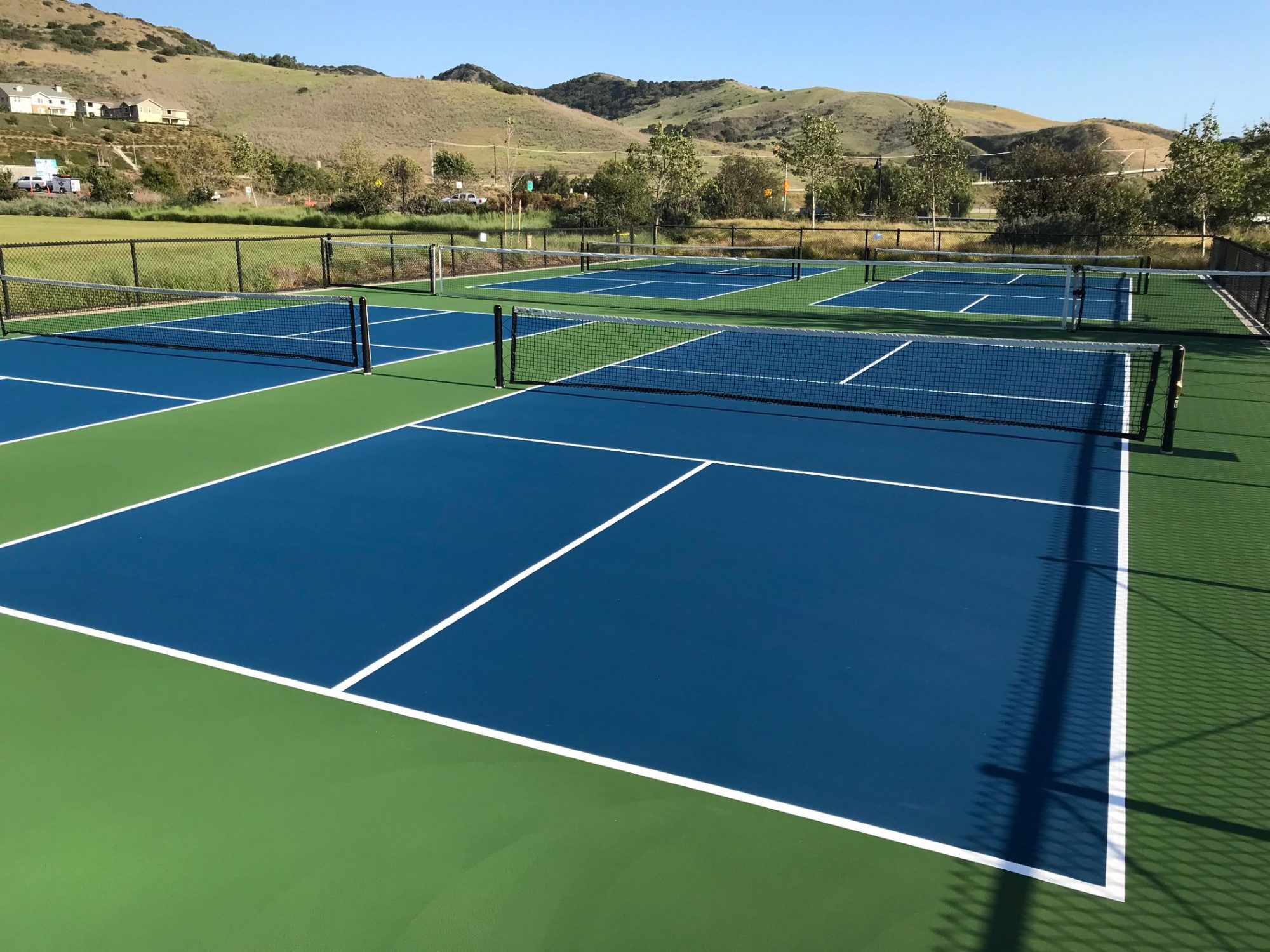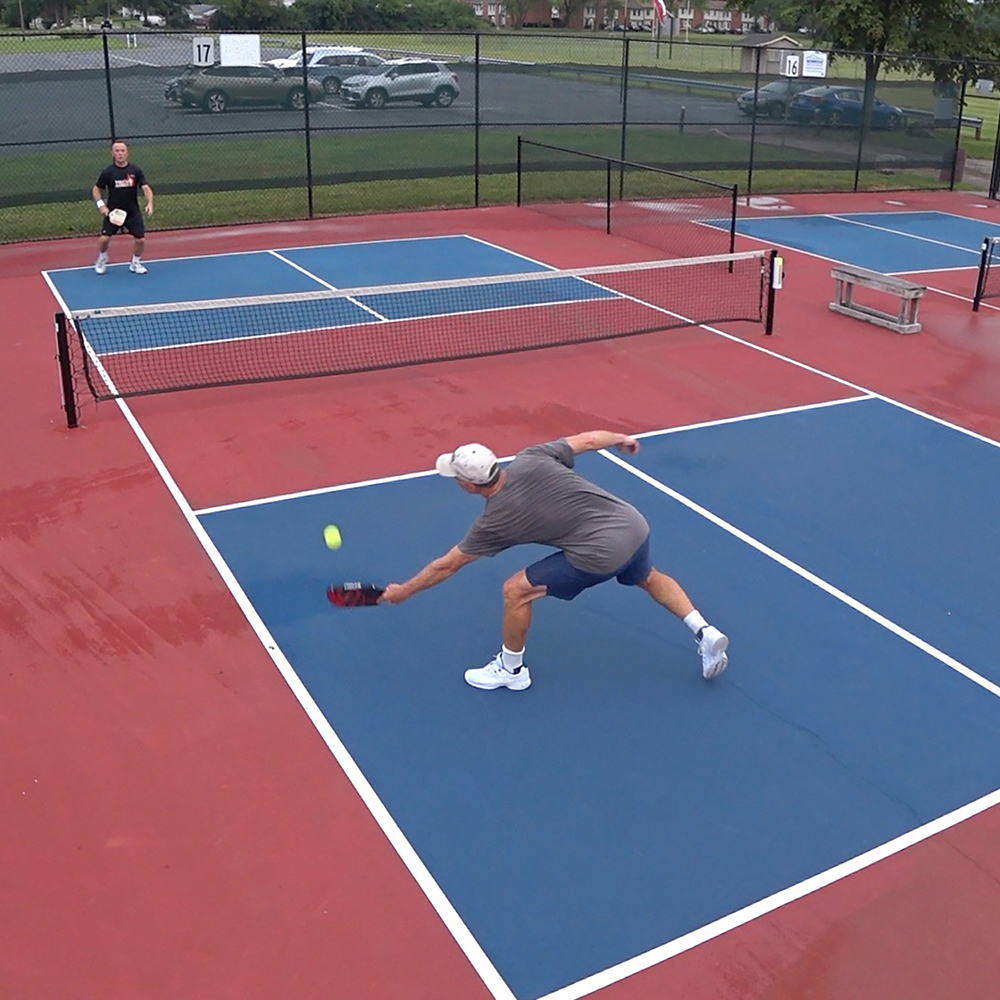How to Pick the Right Materials for Pickleball Court Construction
How to Pick the Right Materials for Pickleball Court Construction
Blog Article
Navigating Rules for Pickleball Court Building And Construction in Your Location
Building a pickleball court in your area needs a nuanced understanding of various local policies, consisting of zoning regulations, structure authorizations, and safety and security criteria. Each town imposes particular guidelines that can considerably affect the expediency of your job. Involving with regional authorities and the neighborhood is essential for guaranteeing conformity and fostering support. Browsing this regulatory landscape can be complex and time-consuming. What are the essential actions you should consider to avoid potential challenges and make sure a smooth building process?
Understanding Regional Zoning Regulations
When taking into consideration the building of a pickleball court, recognizing neighborhood zoning laws is crucial to ensuring conformity and preventing potential lawful concerns. Zoning guidelines dictate just how land can be utilized and frequently include requirements associated to entertainment centers. These legislations can differ significantly by community, influencing variables such as court placement, noise, lights, and size degrees.
Before launching building and construction, it is necessary to seek advice from the regional zoning board or preparation department to identify the details laws that put on your residential property. Specific zones may limit recreational activities, while others might call for specific licenses or adherence to certain guidelines. It is additionally important to think about setbacks, which identify exactly how much structures should be from property lines or various other structures.
Additionally, exclusive advancements, such as house owner organizations (HOAs), might impose their own regulations relating to the building and construction and usage of pickleball courts. Recognizing these regulations can avoid expensive adjustments or litigation down the line. Engaging with neighborhood stakeholders and area members can offer important understandings and foster assistance for your project, guaranteeing that it straightens with the community's needs and assumptions.
Acquiring Necessary Structure Permits
Exactly how does one navigate the intricacies of getting required structure licenses for a pickleball court? The process begins with recognizing regional regulations and requirements established forth by community authorities. Usually, you will require to send an in-depth site plan that details the proposed court dimensions, materials, and format. This plan needs to abide by zoning laws and any specific guidelines relating to entertainment facilities.

When authorizations are obtained, it is vital to stick to any type of evaluation schedules and demands throughout the building and construction stage. Maintaining interaction with regional authorities will certainly assist in a smoother authorization procedure and assistance prevent potential problems. By completely preparing and recognizing the permitting landscape, you can successfully browse the complexities associated with building a pickleball court while continuing to be certified with all regional policies.

Assessing Environmental Influence
A detailed assessment of ecological impact is important when planning the building and construction of a pickleball court. This evaluation helps identify prospective impacts on local ecosystems, water sources, and community aesthetic appeals. Key variables to think about consist of site choice-- making certain that the court is not developed on environmentally sensitive land, such as wetlands or habitats for endangered species
Soil security and drain patterns need to be examined to prevent erosion and water merging, which could negatively affect surrounding plant life and wild animals. In addition, the choice of products is essential; going with sustainable and environment-friendly options reduces ecological damage.
The execution of effective stormwater monitoring techniques is an additional crucial aspect, as it aids mitigate drainage and sedimentation. Engaging with local ecological companies can offer useful understandings into policies and best practices details to your location.
Last but not least, area input can be beneficial in understanding any type of neighborhood environmental problems and cultivating support for the task. By performing a detailed ecological effect analysis, stakeholders can make certain that pickleball court building aligns with lasting practices and contributes favorably to the neighborhood's ecological wellness.
Conforming With Safety Requirements
Guaranteeing conformity with safety requirements is critical for the effective building and construction and procedure of a pickleball court. Sticking to established safety and security guidelines minimizes the danger of injuries and accidents, making certain a protected atmosphere for players.
Secret safety requirements include proper court dimensions, surface area materials, and lighting demands. The court needs to meet the official measurements of 20 feet broad by 44 feet long for doubles play, with suitable barrier zones to protect against injuries from errant spheres. Pickleball court construction. The surface needs to be built from non-slip products to boost traction and minimize the likelihood of falls
In addition, illumination must be sufficient for evening learn this here now play, giving uniform illumination to prevent shadows that can prevent presence. Regional building regulations may likewise determine certain requirements for fencing and internet elevation to guarantee gamer safety and avoid unapproved access to the court area.
Normal assessments and maintenance are necessary to promote these criteria over time. By prioritizing security compliance, court owners not only protect gamers but likewise foster a positive track record within the neighborhood. This dedication to safety can urge higher engagement and satisfaction of the sport, eventually contributing to its development and sustainability.

Engaging the Community in Preparation
Neighborhood participation in the drawing board of pickleball court building and construction can considerably improve the task's general success. Engaging local citizens and stakeholders promotes a feeling of ownership and motivates collaborative decision-making, which can bring about broader support for the campaign.
To properly involve the community, organizers need to launch public conferences or workshops, supplying a system for homeowners to articulate their point of views and preferences concerning location, layout, and features. Surveys and comments kinds can additionally be made use of to collect understandings from a wider target market, making certain that varied perspectives are thought about.
Moreover, developing a community consultatory board can help with recurring conversations and address worries throughout the planning process. This board can include representatives from various demographics, such as local schools, leisure organizations, and community associations, thus enhancing area depiction.
Effective interaction is key; updates regarding the project must be regularly shared using newsletters, social media, or regional bulletins. By focusing on area interaction, organizers can cultivate interest, reduce prospective resistance, and produce a pickleball center that absolutely resonates with regional values and needs. This collective technique not only enhances the job however also enhances area ties.
Final Thought
In verdict, browsing the complexities of pickleball court construction requires an extensive understanding of regional policies, consisting of zoning laws, structure permits, and safety standards. By sticking to these standards and cultivating cooperation, effective execution of pickleball courts can be attained, advertising entertainment opportunities and area health.
Building a pickleball court in your area requires a nuanced understanding of various local regulations, including zoning regulations, building permits, and safety and security standards.When thinking about the building of a pickleball court, understanding local zoning laws is crucial to ensuring conformity and avoiding potential legal concerns. By extensively preparing and recognizing the permitting landscape, you can efficiently navigate the complexities included in constructing visit this site right here a pickleball court while continuing to be certified with all local laws.
In conclusion, navigating the complexities of resource pickleball court construction requires a thorough understanding of local regulations, consisting of zoning legislations, structure permits, and safety requirements. By sticking to these standards and promoting partnership, effective application of pickleball courts can be achieved, advertising entertainment chances and neighborhood health.
Report this page